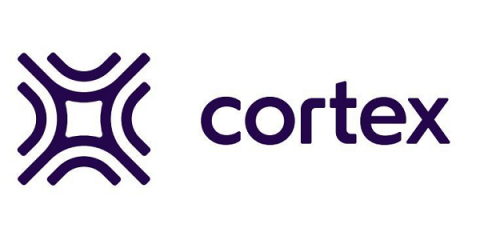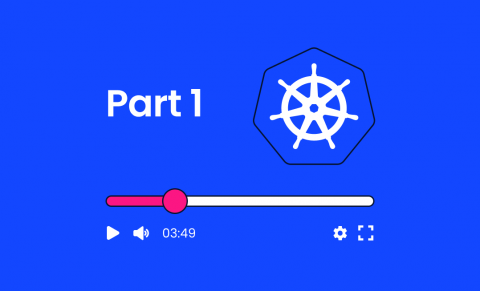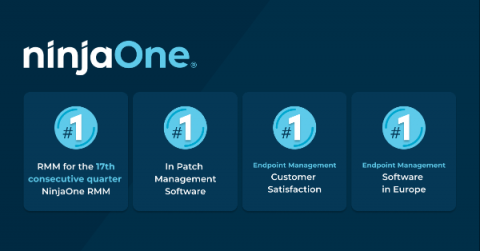How to Measure and Improve Platform Maturity and Operational Readiness
Working on software infrastructure for the sake of infrastructure is rarely a good use of time. That probably sounds obvious, but perhaps the next question is less straightforward: what should engineering platform teams do instead?










